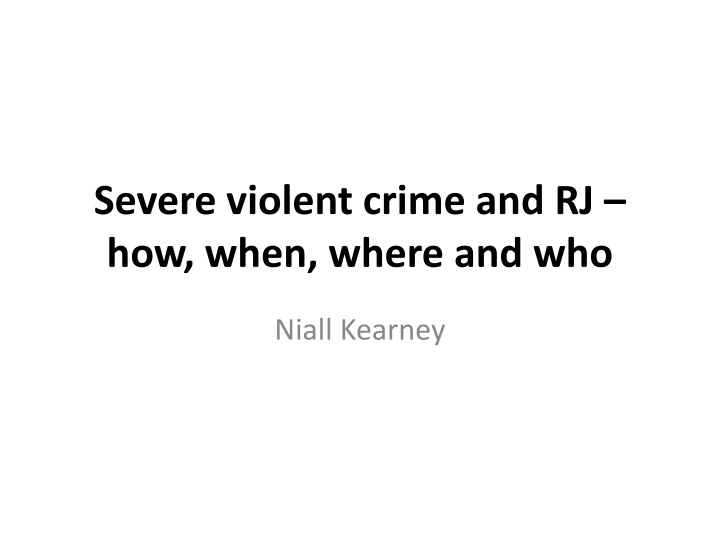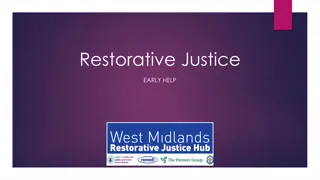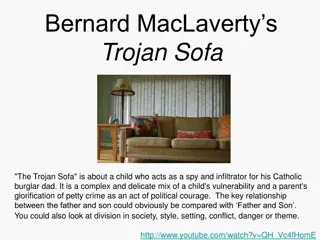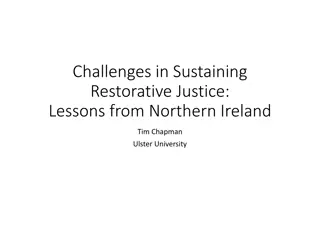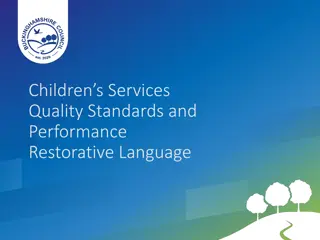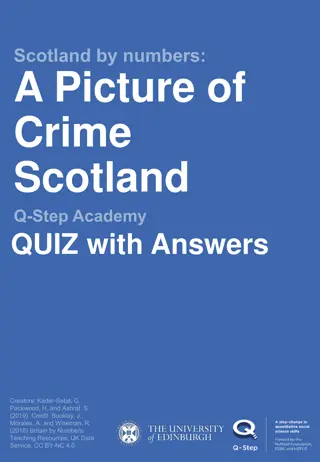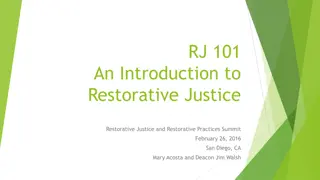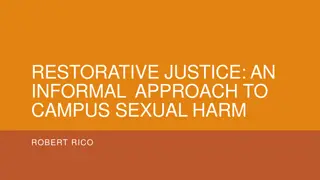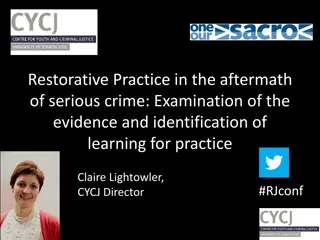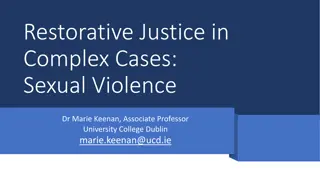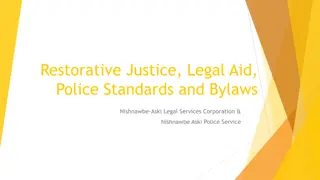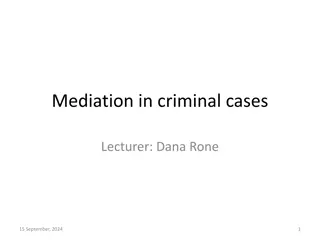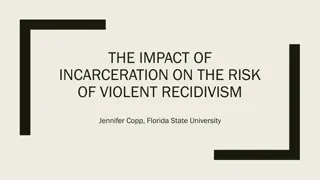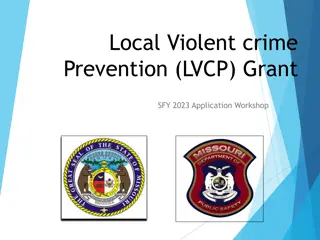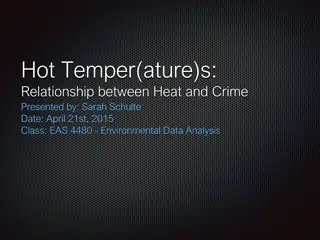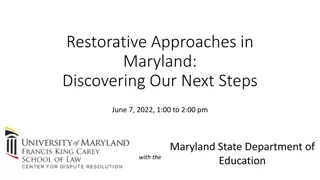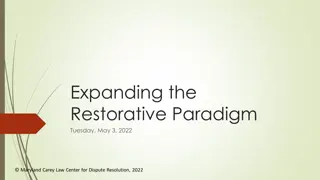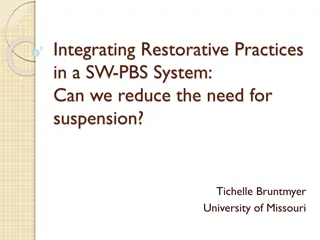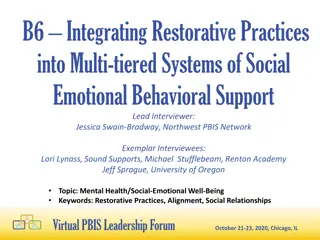Restorative Justice Practices in Responding to Severe Violent Crime by Niall Kearney
This collection of images and information presents insights into restorative justice approaches for severe violent crimes. It discusses the ethical framework, EU guidance, timing considerations, resource utilization, and key stakeholders involved in the process. Also, it highlights the importance of victim consent, offender responsibility, voluntary agreements, and confidentiality in restorative practices.
Download Presentation

Please find below an Image/Link to download the presentation.
The content on the website is provided AS IS for your information and personal use only. It may not be sold, licensed, or shared on other websites without obtaining consent from the author.If you encounter any issues during the download, it is possible that the publisher has removed the file from their server.
You are allowed to download the files provided on this website for personal or commercial use, subject to the condition that they are used lawfully. All files are the property of their respective owners.
The content on the website is provided AS IS for your information and personal use only. It may not be sold, licensed, or shared on other websites without obtaining consent from the author.
E N D
Presentation Transcript
Severe violent crime and RJ how, when, where and who Niall Kearney
How to go about this? Values and ethical framework Reactionary or Outreach or both?
EU good practice guidance for RJ A) mediation or restorative justice services are used only if they are in the interest of the victim, and based on free and informed consent; this consent may be withdrawn at any time; before agreeing to participate in the process, the victim is provided with full and unbiased information about the process and the potential outcomes as well as information about the procedures for supervising the implementation of any agreement; C) suspected or accused person or offender must have accepted responsibility for their act; D) any agreement should be arrived at voluntarily and should be taken into account in any further criminal proceedings; E) discussions in mediation or other restorative justice processes that are not conducted in public are confidential and are not subsequently disclosed, except with the agreement of the parties or as required by national law due to an overriding public interest B) http://ec.europa.eu/justice/policies/criminal/victims/docs/com_2011_275_en.pdf
When to offer it? Difficult to get numbers of crimes where people are known to each other, for example: A drink-driver who killed his son's best friend in a crash in Aberdeenshire has been jailed for almost nine years. Our priority is to save lives... around 30 people are killed every year in Scotland due to drink driving.... Kenny MacAskill MSP How is Scotland performing on road deaths? overall reduction in the number of people killed on Scotland's roads. The latest figure of 174 in 2012 is a reduction of 11 (or 6%) compared with 185 in 2011, continuing the longer term downward trend. How is Scotland performing on homicides?
Timing? 2 years after the incident? 4 years after the incident?
Where to deliver it? Resources we used or adapted: Police, Sacro, NHS, Social Work, Edinburgh University, Cruse Bereavement Case note outline Process Recording Supervision
Who does it? Worker: skills and training Those harmed: assessment of capacity to participate, identification and management of risk, details of first hearing of the death, funeral preparations and burial, ongoing impact of the crime, issues relating to loss and mourning, ongoing support needs, the Victim Notification Scheme, issues regarding the person responsible, network of supports. Person responsible: what happened before, during and after the incident, the experience of court and prison, awareness of the impact of the crime on the bereaved family, post traumatic stress.
